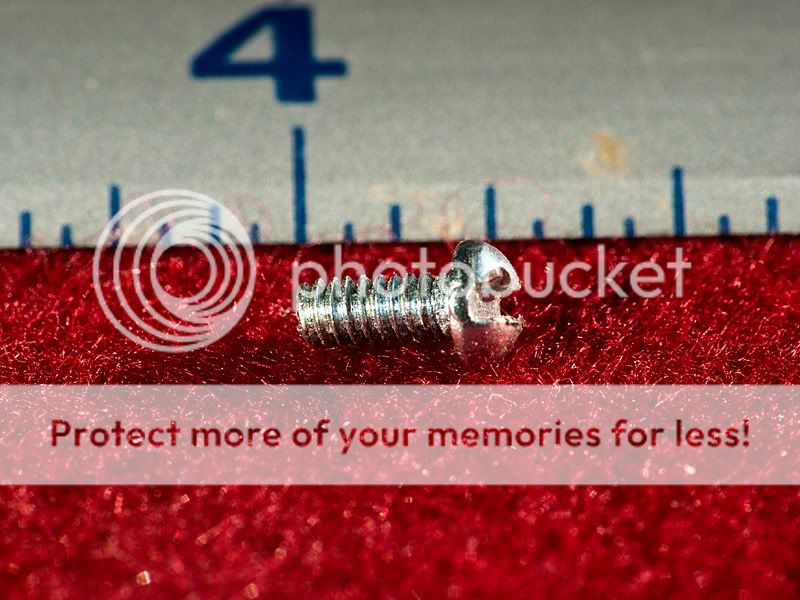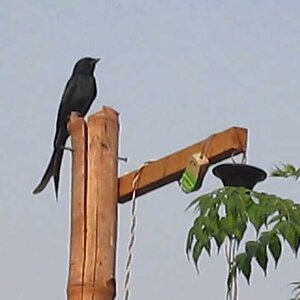Ron Evers
Been spending a lot of time on here!
- Joined
- Jun 28, 2008
- Messages
- 6,631
- Reaction score
- 2,588
- Can others edit my Photos
- Photos OK to edit
I gave you one too, just to stop you whining. 
Your samples demonstrate nicely what has been said in text above; Tubes for short lenses & Raynox for long lenses, for maximum utility.
Your samples demonstrate nicely what has been said in text above; Tubes for short lenses & Raynox for long lenses, for maximum utility.




![[No title]](/data/xfmg/thumbnail/36/36654-55e621bd8f3203cdd106e3764c553c4d.jpg?1734169167)
![[No title]](/data/xfmg/thumbnail/36/36657-3774cdd7ebbafa5ccac2741386b9949a.jpg?1734169171)
![[No title]](/data/xfmg/thumbnail/32/32632-476f3d925401f13cffe1cc2b41945614.jpg?1734162117)



![[No title]](/data/xfmg/thumbnail/34/34685-17f2466cddc9890af6ca67c65e2e7d5c.jpg?1734165691)



